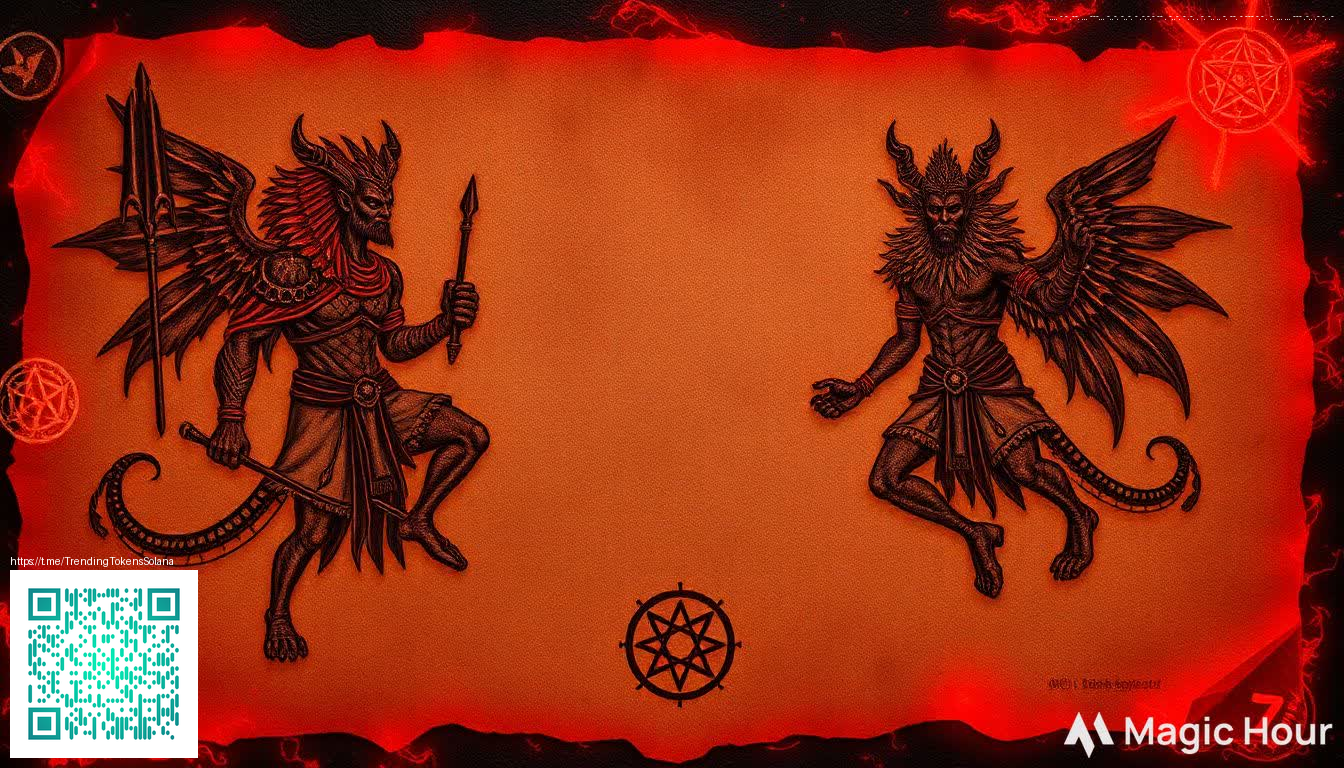
Find Your First Digital Product Idea in 5 Steps
Starting a journey into digital products can feel like standing at a crossroads with endless paths. The beauty of the digital landscape is that you don’t need a warehouse, a massive team, or a towering budget to begin. You can validate ideas quickly, learn as you go, and scale based on real customer demand. 🚀 This guide lays out a practical, five-step path to uncover a first digital product idea that aligns with your skills, passions, and audience needs. Each step is designed to be actionable, so you can move from spark to solid concept in days, not weeks. 💡
Step 1: Understand Your Audience’s Pain Points
The fastest way to land on a meaningful product idea is to start with people, not profits. Spend time listening, observing, and mapping the problems your potential customers are already trying to solve. This isn’t about guessing; it’s about uncovering friction that is persistent enough that someone would pay for relief or improvement. 🍃
- Interview two to three people who match your target user profile and ask about daily frustrations, workflows, and bottlenecks.
- Look for patterns in online conversations, reviews, and social posts. What questions keep coming up? What tasks are repeatedly described as tedious or costly?
- Document the emotional impact: timescale, stress level, and the potential gain from a simpler solution. Is it saving time, reducing error, or unlocking a new capability? ⏳
When you finish this step, you should have a short list of concrete pain points, each paired with a rough persona. This becomes the compass for your next moves. 🧭
Step 2: Validate with Market Signals
Idea validation isn’t a binary verdict; it’s a spectrum. You want signals that indicate real interest without requiring a full-scale launch. Start with lightweight tests that tell you where demand exists and how much people are willing to pay. 📈
- Conduct a quick survey or poll to estimate willingness to pay and feature importance.
- Offer a minimal draft of the idea as a downloadable resource or a simple template and measure sign-ups or downloads. 📥
- Set up a waitlist or “coming soon” page and track conversions for a week to gauge interest velocity.
- Check existing competition and pricing to confirm a viable market window rather than a crowded space. 🔍
By the end of this step, you should know which pain points have traction and which ones might require re-framing. The goal is to prune ideas that look flashy but don’t show durable demand. 💎
Step 3: Map Your Skills to Potential Products
Your strongest differentiator is often the combination of your skills and the problems you care about solving. Map what you know well to the types of digital products that fit those needs. This alignment helps you move quickly from concept to something tangible you can offer. 🧠
Consider formats such as templates, checklists, digital planners, micro-courses, printables, or simple software tools. For instance, a practical, well-designed product idea could be a digital accessory concept that resonates with busy professionals who value organization and efficiency. To illustrate how a real-world item can inspire a digital product, think about technologies and accessories that pair with everyday devices. For example, a neon phone case with card holder MagSafe polycarbonate demonstrates how a physical product concept can spark a knowledge-based or digital companion product—like a companion setup guide, customization templates, or an onboarding video series. If you want to explore a specific example, you can view the product page here: (https://shopify.digital-vault.xyz/products/neon-phone-case-with-card-holder-magsafe-polycarbonate). 🛠️
Step 4: Design a Lightweight MVP
Move from idea to a minimal viable product (MVP) that delivers real value with minimal complexity. Your MVP should solve the core pain point and demonstrate your unique angle, without over-building. The objective is speed and learning. Start with a single, focused deliverable—a template, a micro-course, or a one-page toolkit—that you can deliver in days rather than months. ⚡
- Define the core outcome your product guarantees for the user. What will they be able to do after using it? 🧰
- Set a tight scope—only 2–3 key features or components—and test them thoroughly.
- Choose a delivery method you can iterate on quickly: downloadable PDFs, a short video series, or an interactive checklist.
- Prepare a basic pricing structure and a simple sales page to collect feedback. 💳
As you develop, keep feedback loops short. The MVP is not a final product; it’s a learning instrument that reveals what to improve before you pour more resources into it. 💬
Step 5: Plan Your Launch and Growth
With a validated idea and a tangible MVP in hand, it’s time to think about reach and repeatability. A thoughtful launch, even for a small audience, can generate momentum that compounds quickly. Consider a lightweight launch plan that includes content marketing, a simple email sequence, and a few strategic partnerships. 🎯
- Create a compelling narrative around the problem and your unique solution. Use real user quotes or outcomes to anchor your messaging. 🗣️
- Publish helpful, low-friction content—tips, templates, or checklists—that demonstrate competence and build trust.
- Establish a feedback channel so early users can guide the next iterations. Use surveys, short interviews, or open-ended questions to gather insights. 🧭
- Plan incremental updates rather than a big, all-at-once release. Small improvements keep interest alive and reduce risk. 🔄
Remember, the journey of finding your first digital product idea is as important as the product itself. Each step teaches you something about your audience, your own strengths, and the market dynamics you’ll navigate as you scale. And with a steady rhythm, your first successful digital product can become a stepping stone to more ambitious ventures. ✨